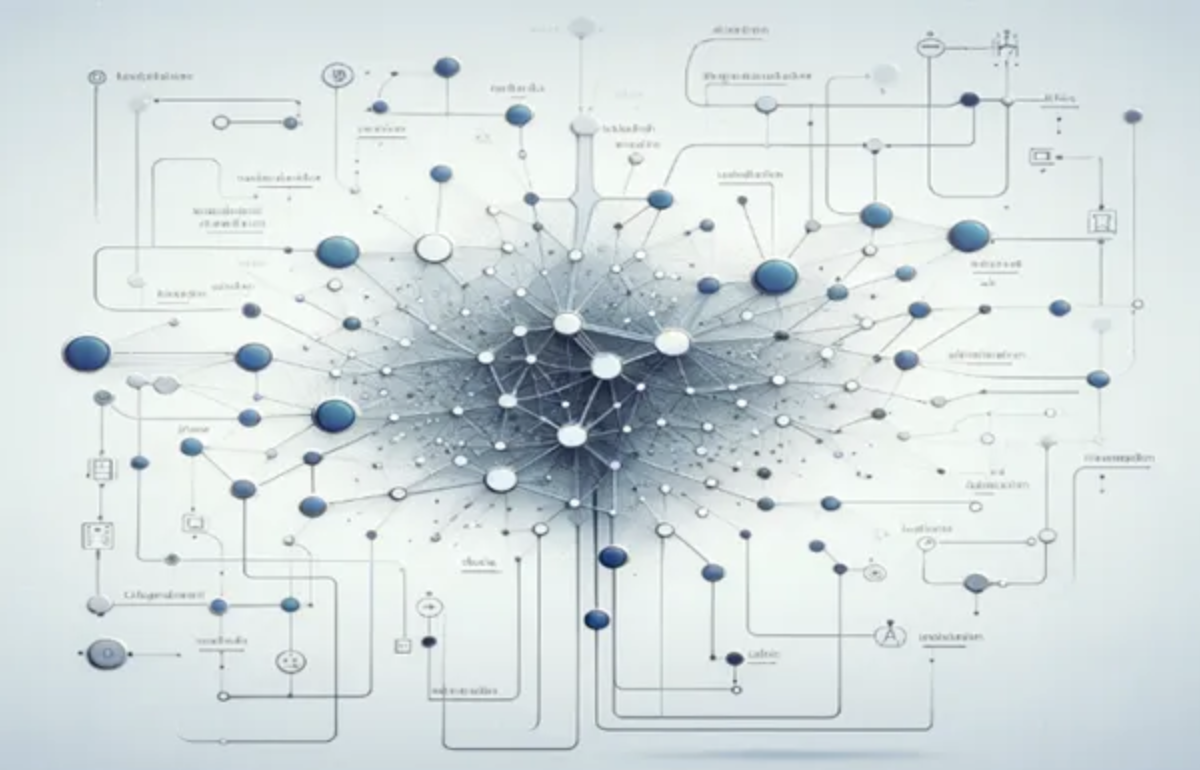Early Findings from the Field: How Digital Infrastructure and Tech Services Companies are Approaching Generative AI
By Julia Senior, Partner at M|C Partners
Generative AI (GenAI) came bursting into our lives in November 2022 with OpenAI’s release of ChatGPT. Admittedly, my earliest use case was more entertainment than business (think: “Write me a poem about why a Manhattan is the perfect cocktail”1). But party tricks have given way to real enterprise use cases and GenAI is now widely considered to be the most disruptive technology since the Internet. Big Tech has claimed an early leadership role, including ChatGPT, Copilot (Microsoft 365, GitHub, Security), Bard by Google and offerings from major SaaS platforms such as Salesforce Einstein and Adobe Firefly. Nevertheless, we are in a period of extreme experimentation and, much like the rest of society, M|C Partners and our portfolio companies are determining how to most productively use GenAI.
GenAI differentiates itself from “analytical” AI by being, as its name suggests, generative. Instead of simply analyzing large data sets, GenAI can leverage “learnings” from large data sets to create new content. GenAI excels at synthesizing content (summarizing meeting recordings or email threads) and generating new content (writing code or responding to customer service questions) — and it does these things remarkably well.
At M|C Partners, our current GenAI use cases include summarizing long research reports, taking notes on Zoom calls and reviewing resumes (with oversight!). The efficiency gains have been impressive, but gaps remain. GenAI can occasionally produce AI hallucinations, or blatantly wrong content for unknown reasons. GenAI can also produce work that misses the mark if it doesn’t have sufficient industry or company-specific context. But the bigger opportunity for GenAI is beyond our office walls and in supporting the work of our portfolio companies in the digital infrastructure and tech services verticals. These companies generate so much data, whether it’s traffic data from residential broadband and fiber networks, or data from security incidents or server monitoring. By feeding this existing data into GenAI tools, companies should be able to dramatically improve service quality and evolve from a reactive “monitor-and-fix” state to a proactive “predict-and-prevent” state.
Identifying productive use cases is an essential first step.
As we work with our portfolio companies to explore applying GenAI in the digital infrastructure and tech services sectors, we’re finding that the most promising use cases fall into four distinct categories:
1. Meeting infrastructure requirements: Training large language models (LLM) and GenAI apps demands an enormous amount of compute capacity, which is driving the need for more advanced chips and powerful data centers. The big winners in this space will be companies focused on chips purpose-built for GenAI (like Nvidia), and large infrastructure providers that will build data centers with more power and cooling capacity than we’ve ever seen before.
2. Providing new service offerings: There’s also an opportunity to create net new service offerings. For example, M|C Partners portfolio companies DAS42, a data analytics service provider, and Carbon60, a cloud services provider, can work with customers to determine how to best leverage GenAI in their own businesses.
3. Enhancing existing solutions: For Managed Service Providers (MSPs), GenAI solutions can provide a path to greater efficiency in delivering IT services. For example, by leveraging ServiceNow’s native GenAI capabilities, MSPs can gain the ability to predict network and infrastructure issues for customers, trigger a preventative response, and provide interactive support for employees and customers.
4. Completing administrative work faster: Our portfolio companies are looking for ways to leverage GenAI to speed up or check their administrative work, such as completing Request for Proposal submissions or post-incident documentation. To assist with post-incident documentation, our portfolio companies use the GenAI capabilities within platforms like ServiceNow or Microsoft to document an incident, the remediation steps taken and the ultimate resolution.
Prioritizing best practices paves the way for successful implementations.
In our industries, full-fledged implementations of GenAI are still rare. However, many companies are working hard to prepare for the technology by identifying both near-term use cases and longer-term potential use cases. Our portfolio companies are prioritizing the following best practices:
Experimenting slowly and internally: Before proceeding with any customer facing GenAI use cases, companies are spending ample time experimenting with the technology in-house. This allows them to minimize the risk of experiencing any unexpected and detrimental outcomes publicly, or inadvertently endangering any customer assets.
Being fast adopters, not bleeding edge: Even using an existing, open source LLM and running your own data on it can introduce serious tech and data risk. Given this, our portfolio companies are gravitating towards using existing GenAI apps rather than building their own.
Setting internal governance policies: It’s a governance and security nightmare if employees are free to come up with their own GenAI use cases and adopt tools without any oversight. To prevent this nightmare from becoming reality, the most forward-thinking companies are writing governance policies that specify which GenAI tools are allowed and how employees should use them. Companies are also thinking through how to best protect sensitive customer data, and in most cases, resolving not to expose any customer data until GenAI becomes more mature.
Managing the risks is critical for ensuring a bright future.
2023 will be remembered as the year of GenAI, but we’ll spend the next decade figuring out how to use, customize, optimize and protect ourselves from this technology. There are already many well-documented risks, including the risks related to i) how GenAI is implemented (embedding biases into underlying models), ii) risks related to malicious use (cybercrime) and iii) risks that are more existential in nature (replacing human jobs and critical thinking).
The implementation risks of GenAI must be managed by tempering our collective excitement and proceeding carefully with the technology. The existential risks are a bigger issue, and something we must grapple with as a society. At M|C Partners, we’re especially focused on the malicious risks. As GenAI becomes more ubiquitous, fake emails and phone calls will become increasingly difficult to distinguish from trusted communication, and cybercriminals will become even more effective at penetrating businesses. Not only do companies risk being hacked via GenAI, but those that provide IT or security services risk being impersonated by cyber criminals and having confidential information stolen.
Though the risks are substantial, the potential of GenAI is undeniable. It will touch all aspects of digital infrastructure and tech services by providing the ability to improve quality of service and the efficiency of companies serving these sectors. In the months and years ahead, I look forward to seeing more tools developed in areas such as IT observability, security monitoring, network monitoring, customer support, and incident prevention and remediation, as this will allow more companies to tap into the power of GenAI — without having to build their own models and capabilities from the ground up.
1Prompt: Write me a rhyming, 6-line poem about why a Manhattan is the perfect cocktail:
In a glass where spirits lightly dance,
A Manhattan reigns, a king of chance.
With rye’s bold touch and vermouth’s sweet plea,
It whispers tales of a city’s glee.
A cherry’s blush, in bitters’ embrace,
Crafts a drink with timeless grace.

